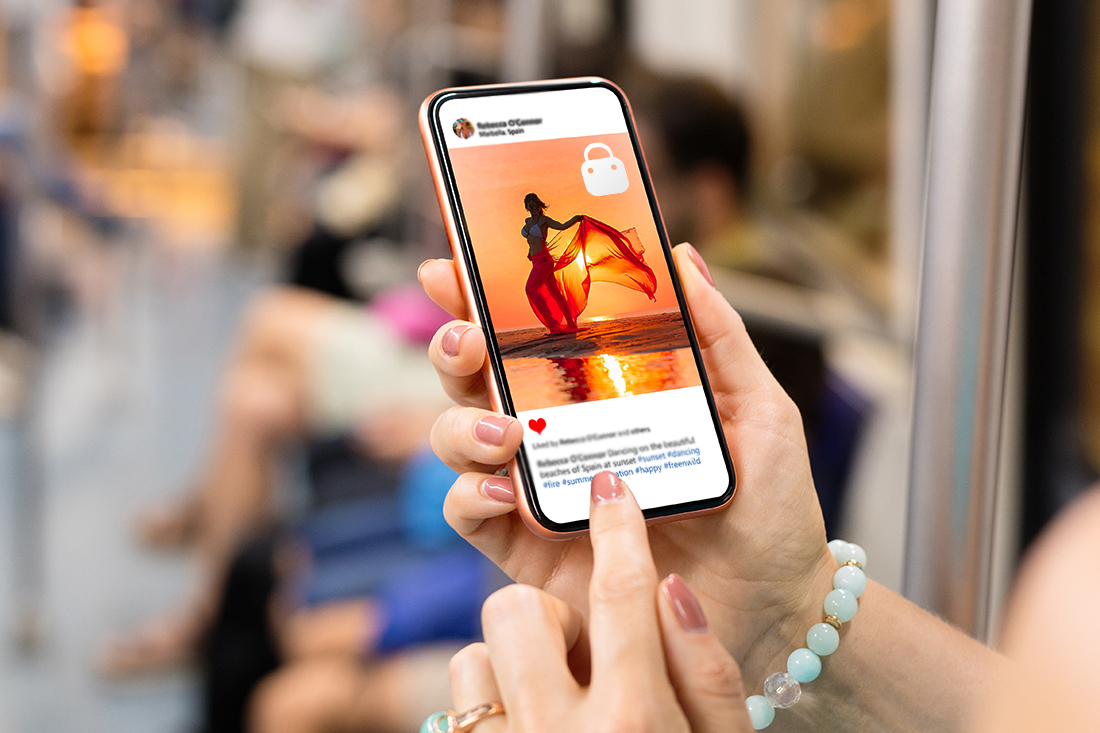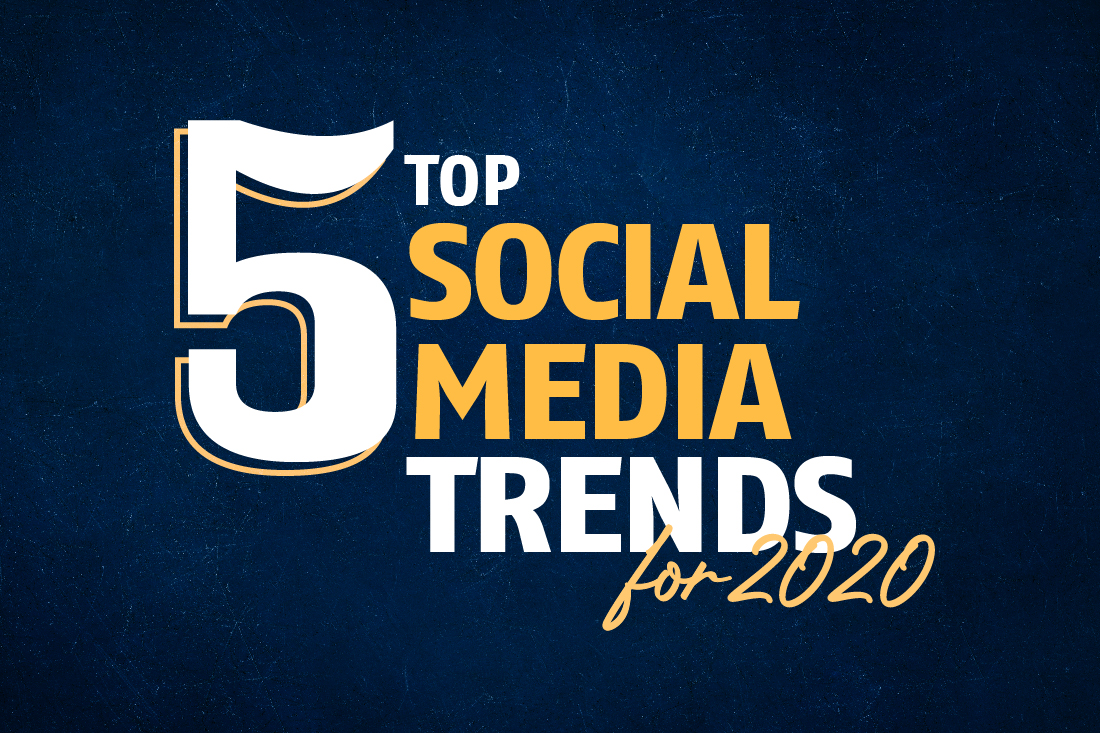
Facebook Ads Bidding Part 2: Everything you need to know to build an effective advertising strategy
In part 1 of Facebook Ads Bidding we discussed the possible impacts that choosing the wrong bidding strategy will have on your campaigns as well as how Facebook ads bidding actually works.
In this week’s article we will explain in detail the 3 factors that affect the delivery of your advertisements and the ad bidding strategies you can choose from keeping always in mind your company’s needs and overall objectives.
Factors that affect your ad delivery:
There are 3 factors you need to take into account and which affect the performance of your Facebook ads:
Your bid: As we have already stated in the previous part of this article, Facebook bidding is an auction so it is only logical that the more you are willing to pay, the more likely it is for your ads to be displayed. Automatic bidding can also work if you do not feel confident to start experimenting with bidding yet. And as Facebook claims you are “often charged less than your bid”. However, be modest on your decision on how much to bid, as you might end up paying more for your campaign results. This might have negative consequences for your campaign such as negative ROI, unnecessary waste of your money and low ad profitability.
Relevance Score: This is when Facebook weights positive communication received by your ad such as likes, comments, shares and clicks against negative communication such as when users hide your ads or leave negative comments. Therefore, posts that attract a lot of positive user interactions will eventually get better placements and this will also lead to an increase of their overall relevance score which in turn will lead to decreased cost in CPC. Careful audience selection and relevant ad design will help with this, that is why it is always a good idea to monitor the performance of your campaigns and quickly adjust them once you notice that they have a low relevance score.
Estimated Action Rates: In simple words, if the Facebook algorithm estimates that your ad will attract a large number of user actions then your ad will most probably have an advantage in the bid war. This is a behind the scenes metric that advertisers cannot control but it is still a contributing factor.
Facebook Ads Bidding Strategies

There are a lot of different bidding strategies that advertisers should familiarize themselves with in order to understand what they are paying for and why, such as CPM, CPC, Conversion, Page Likes, Daily Unique Reach and others.
However, due to recent updates these bidding strategies are now named differently but the above terms are still very important to understand how the whole bidding process works. So, in this section we will go through each one of them, providing examples, to help you understand when you should use them and how:
CPM Bidding
CPM (Cost Per Mile) bidding, refers to the maximum amount you are willing to pay to deliver 1,000 ad impressions to your target audience.
If you just started using Facebook ads bidding you might want to start low, so I would not recommend it for beginners as it is the most unpredictable bidding strategy and you might spend lots of money with very low results.
Big companies may choose to use CPM bidding as it is the method with the highest possibility to deliver a lot of ad impressions. However, smaller brands that just want to create awareness about their product or service could also employ CMP bidding into their strategy.
CPC Bidding
The most popular and most frequently used bidding method is the CPC (Cost Per Click) which refers to bidding for clicks.
Therefore, you are going to pay for your ads only when a user clicks on your ad. The CPC strategy accounts for “link clicks” – which are links related to specific ad objectives:
- Clicks to visit another website
- Call-to-action clicks that open another website (e.g. “Shop Now”)
- Clicks to install an app
- Clicks to Facebook canvas apps
- Clicks to view a video on another website
However, if no one is clicking on your ad that does not mean that your ad will be displayed a billion times without having to pay a cent. So, if your ad has a low relevance score and does not attract clicks then Facebook will stop delivering it. After all, Facebook wants to maximize its profits.
Important takeaway: The higher your CTR (Click-Through Rate), the lower your CPC will be!
Bidding on Conversions
With bidding on Conversions, Facebook will try to deliver your ads to your target audience members who are most likely to convert – take the action you want them to take.
The type of conversion depends on your campaign’s objective. If, for example, you choose “Post Engagement” for your campaign objective, bidding on Engagement means that you are actually bidding on Conversions. And when you select “Leads” as your campaign objective, then the conversion will be getting users to complete a lead form, etc.
Bidding on Conversions is considered the most effective bidding strategy as Facebook will do it’s best to deliver your ads to the people who are most interested in your business and are more likely to take the desired action. If you are bidding on Conversions and place a manual bid, you can explicitly tell Facebook how much you want to pay per conversion e.g. a video view or app download.
Important to remember:
To sum up, advertisers need to consider all 3 factors that affect the performance of their ads and consequently their goals. They should also carefully align their campaign’s objective with the right Facebook ads bidding strategy in order to have the desired outcomes.
Stay tuned! In next week’s article we will thoroughly discuss all the updates that took place in 2018 with regards to the Facebook’s ads bidding system.

by Christina Kotziapashi
Social Media Specialist at Clickhouse Media
Email: c.kotziapashi@clickhouse.media




